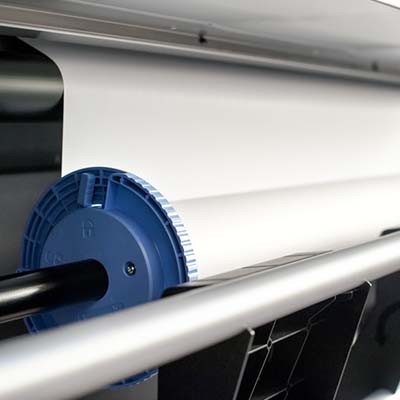How to Calculate if That Print Job Was Really Worth It

There are a few sounds that are familiar to any office: keys clacking away, coffee being sipped (or slurped), and the rattling, squawking hum of the printer. Yet this image presents a crucial question: do you know how much your printer is costing your business each time it is used? In today’s blog, we’ll review how you can calculate this investment.
Why Cost-Per-Page is So Important
It is pretty common knowledge in the business world that, in order for a printer to properly print, it needs to have ink with which to print. This ink comes in the form of ink cartridges, which need to be replaced once the ink within them has been spent. These cartridges are, unfortunately, anything but cheap - and you usually have to purchase multiple to get the full benefits of a multicolor printer.
This is part of the reason that it is important for you to know your printer’s average cost-per-page (CPP), or at least have a figure that is reasonably close. If your business relies heavily on paper documents in its daily processes, these costs can be considerable.
How to Calculate the Average Cost-Per-Page
Despite different ink cartridges being made for a variety of different printers, the calculation to determine your CPP is relatively simple. All you have to do is divide the price of the cartridge by the cartridge yield rating, or how many pages the cartridge should be expected to print. This number can be found on the cartridge’s packaging.
So, if you spent $25 on a cartridge of black ink with a yield of 525 pages, your formula would look like this...
25/525 = 0.048
...giving you a cost of about 5 cents per page.
Calculating CCP in More Complicated Printers
The fact that not all ink cartridges are the same can add a step or two to this calculation. Since many modern printers now rely on different cartridge configurations, like an individual cartridge for each color (black, cyan, yellow, and magenta) or two cartridges that cover them all (black, and cyan, yellow, magenta). Regardless, your calculation will be more or less the same, with minor adjustments to account for how the colors are clustered or divided.
Basically, when adding color into the equation, find the CPP of each color and combine your totals - including black. It is important to remember that when printing something in color, you’re apt to use just as much, if not more, black ink as well.
Furthermore, it is important to consider that ink cartridge manufacturers will often base their yield rating on standardized business documents, with a certain percentage of the document being covered in ink. Therefore, printing something that doesn’t fit into these constraints will throw off the yield, which can happen based on what kind of document you are printing, and even what kind of paper you’re using.
Controlling Your Prints
Calculating your investment into each print can also provide you with some invaluable insight into the goings-on at your office. Mostly, it may show you that you are spending far more than you should be on printed materials.
EpiOn can help with that. We can help you implement the solutions that will allow you to cap each user’s printer use, streamlining and optimizing your ability to use it and remain fiscally responsible. Alternatively, we can also offer collaboration solutions that can help reduce your reliance on physical documents entirely.
Give us a call at (931) 526-3742 to learn more!
Related Post

Protecting Your Company Credit Cards

Why Passwords are Your Business’s Weakest Point

Top Misconceptions About Digital Transformation





